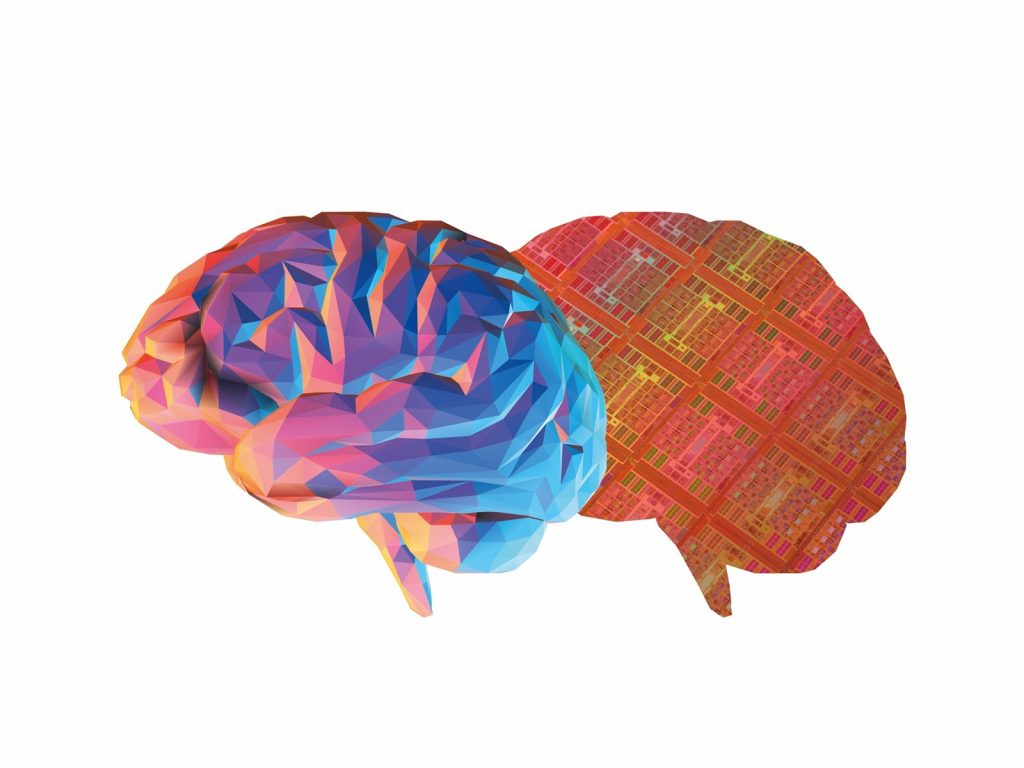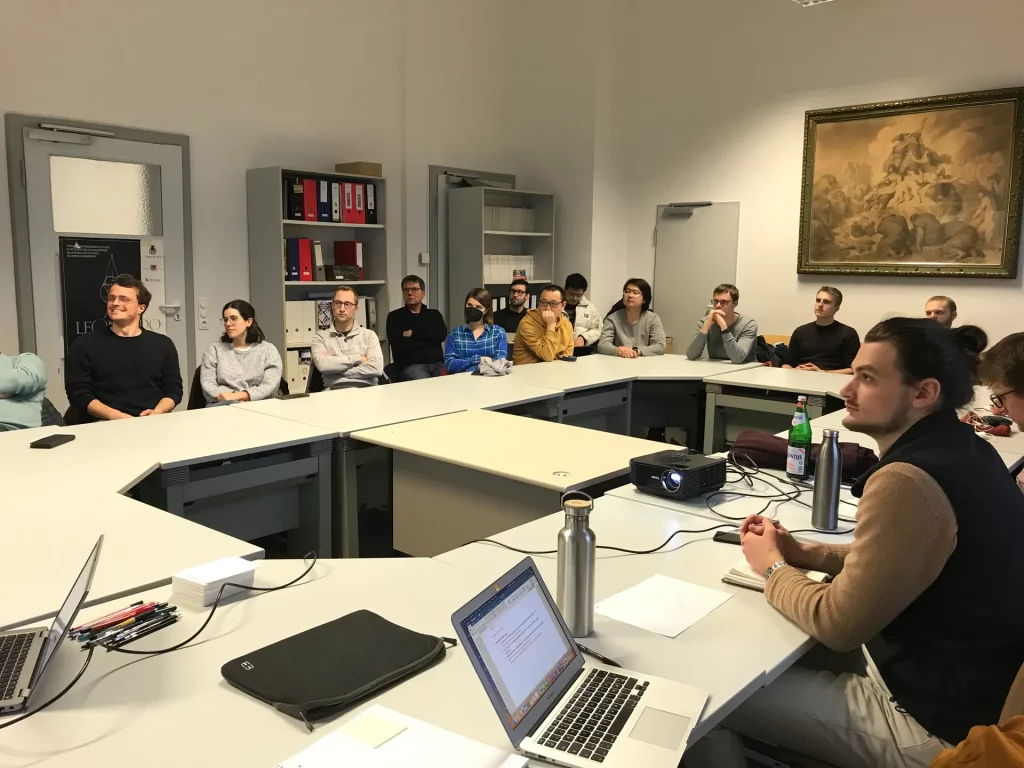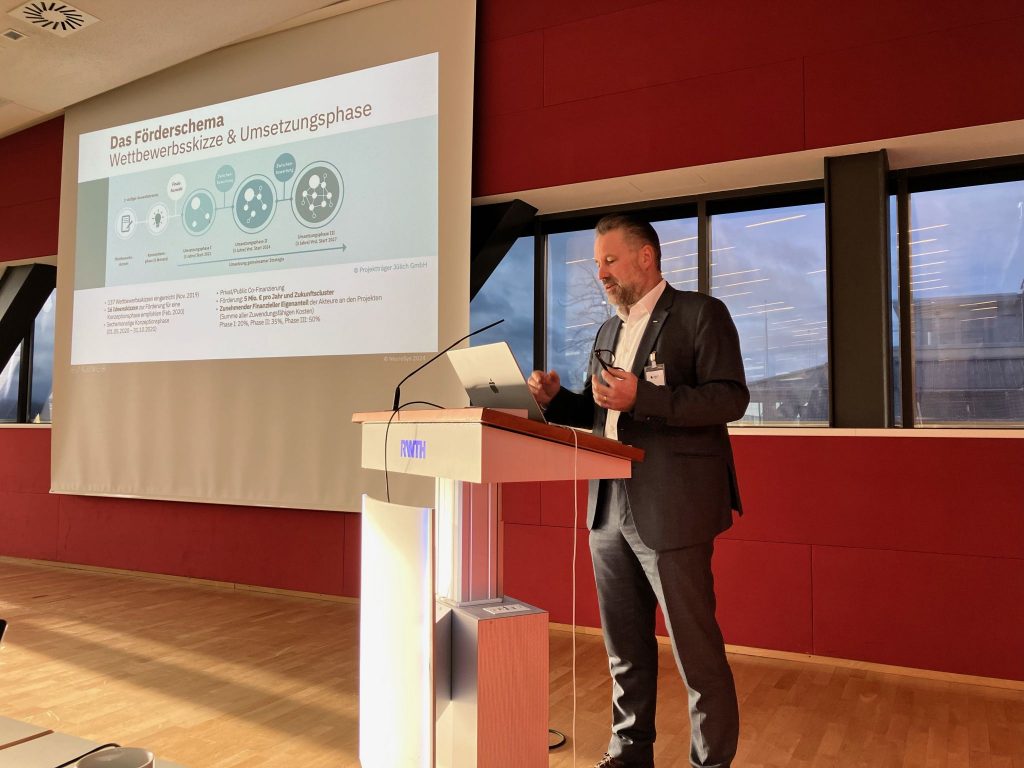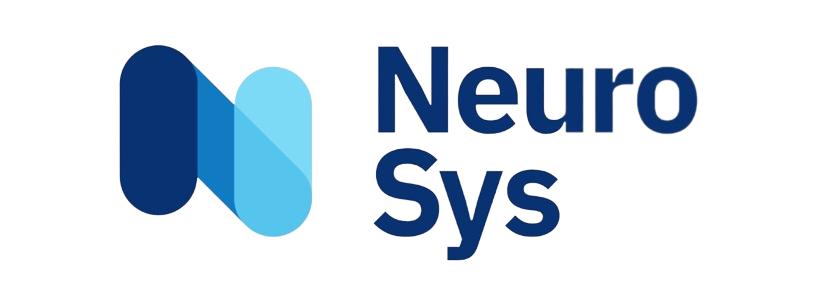Events and announcements from us
News

ICNCE 2024
Interdisciplinary event with neuroscience and computer science / artificial intelligence (AI) on 3 - 6 June 2024.

Neuromorphic Computing transfer event
Transfer event on the possibilities of neuromorphic computing: a workshop on 23 February 2024.

NeuroSys Status Seminar 2024
Presentation of our project results: a strategy mapping workshop and the advisory board meeting on 22-23 January 2024.
Our Projects
Research focuses on the development and optimisation of memristors, novel components with variable resistances that can be adjusted and stored using electrical pulses. These memristors are embedded in integrated circuits to enable neuromorphic hardware systems with simultaneous computing and storage.
The development of neuromorphic hardware in project B utilises integrated photonic circuits for the transmission of information using light.This enables high data rates and low latency times. The demonstration takes place in a silicon photonics chiplet that is combined with ultra-high frequency electronics.
Project C acts as an integrative interface between the technology-orientated projects A & B and the application-orientated project D. It develops neuromorphic hardware systems and special algorithms for neuromorphic computer systems. It develops neuromorphic hardware systems and special algorithms for neuromorphic computer systems.The innovative co-design approach combines expertise from neuroscience, automated system design and hardware-related circuit development in order to investigate complex interactions between hardware and software development.
With regard to neural hardware, Project D is researching the applicability of neural hardware in medical technology and object recognition from speech and video. Co-operation with regional companies facilitates the direct transfer of research results into application.
Project E completes the five interlinked projects in science, business and society. It analyses innovation processes and business models to ensure long-term economic success and social benefits, thus laying the foundations for transfer into practice.
